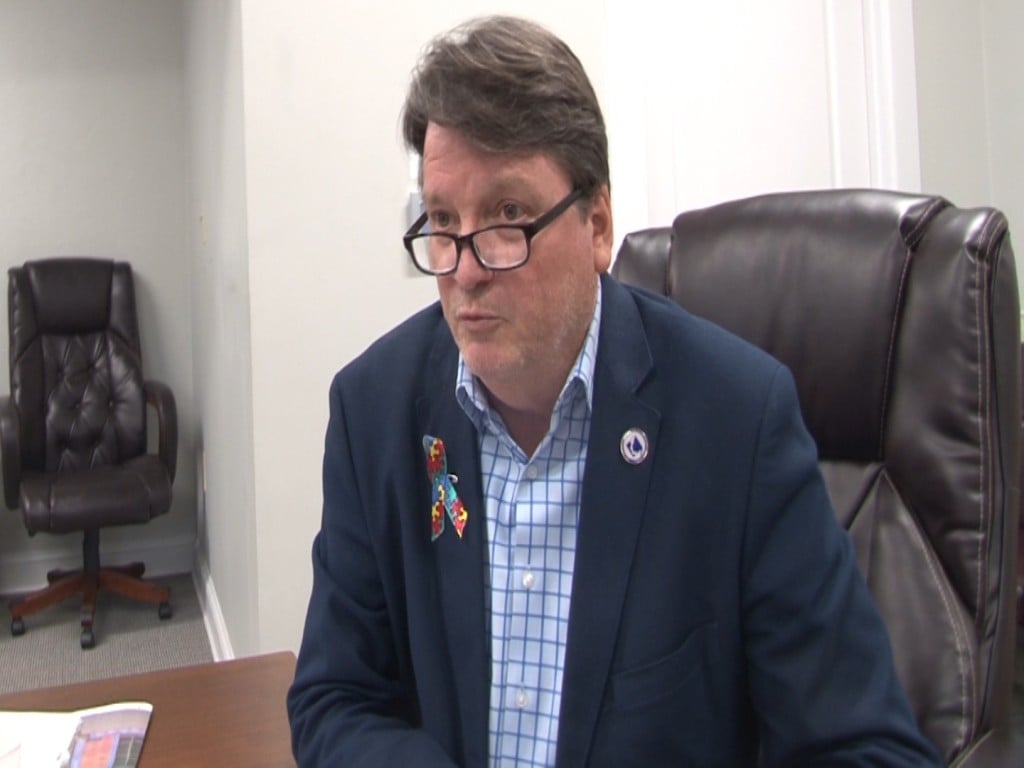Video: ‘State Of The Region’ Issues Progress Report On Public Education
TUPELO, MISS. (WCBI) – Don Nielsen is a man with a specific agenda.
“Transforming our public school system,” Neilsen said.
Nielsen is a successful businessman, who served eight years on the Seattle School Board, where he led reform efforts for the entire district.
Now, he travels the nation, telling audiences how constructive change is possible for public schools.
Nielsen was one of the keynote speakers during the annual “State of the Region” meeting, sponsored by the CREATE Foundation.
He says Mississippi has taken several steps to improve the state’s public education system.
“Recovery districts, that’s unique, there’s only a few states with that piece of legislation is passed,” Neilsen said.
That legislation allows the state to take over failing school districts, until things improve.
Nielsen says true education reform takes place at the state level and he has a plan of action that would replace certification standards, abolish elected school boards and pay teachers based on performance and merit.
Everyone attending the “State of the Region” meeting gets a progress report in areas such as developing a diversified economy, reducing the dropout rate and improving per capita income across the area. Public education plays a key role in each of the goals.
“We are in a global economy, we have a lot of furniture jobs in Pontotoc, furniture is not staying here is is being shipped everywhere,” said Pontotoc Mayor Jeff Stafford.
“Mississippi was given a national award by the Education Commission of the States, going to be awarded to the governor at the end of June, and part of that package was literacy promotion act, making sure our kids read by the third grade,” said District 9 State Senator Gray Tollison.
The Magnolia State was one of only two states showing gains in reading and math proficiency among fourth graders. Experts encourage leaders to continue the push for true education reform that will be felt by all Mississippians.
Nineteen of the 33 districts served by CREATE report a dropout rate of 10 percent or lower.





Leave a Reply